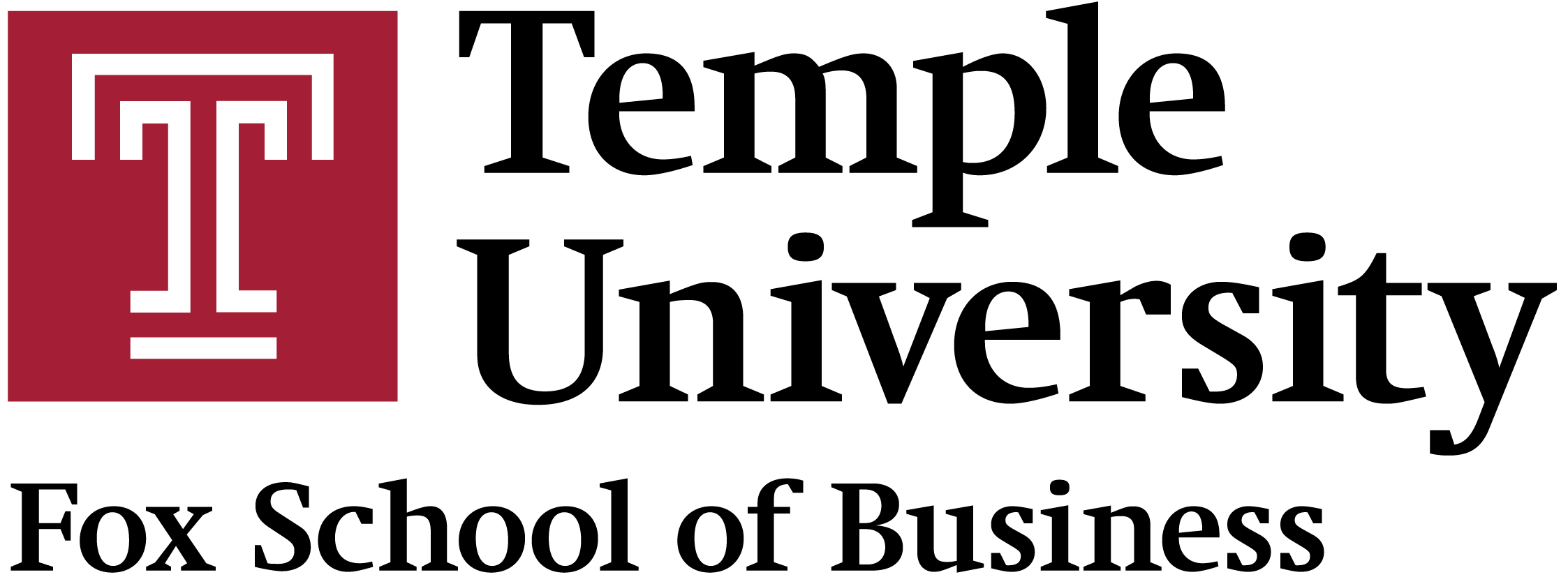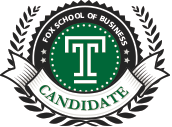Ask the Expert: 5 Steps to Change the Culture of Your Organization
This webinar from Gartner was on how to change organizational culture in situations where there needs to be an adaptation.
Christie Struckman was the guest expert on the topic, and she was very knowledgeable on how business practices affect company culture.
For instance, Struckman heavily emphasized the role a business’s internal logistics affect culture. For instance, does the business follow agile methodology? These overarching business functions and “ways of doing” can influence how people behave in a company and what the company’s core values are. An old insurance business will have a completely different company culture than a lean tech startup, simply because of how differently the businesses operate.
As another example that Struckman made, if an IT company is changing and become more customer service oriented, that’s going to shift the business function and the company culture SHOULD also change as a result. However, this isn’t always the case. A company may be stuck in their ways, unwilling to change culture when the business needs to, which can lead to a variety of employer-employee problems and goal misalignment.
Struckman also talked about the psychology and relationships in organization and how they can create unhealthy environments for learning, teaching, and doing your work. She says changing a toxic culture like this requires care, but can be accomplished with the right reinforcement and participation of upper and lower level employees.
My biggest takeaway was that everything in company culture is connected. There are no real silos of employees, ideas, or practices in a company. They are all connected and influence one another. Which is why a strong and healthy culture is critical to business function and efficient operations.

